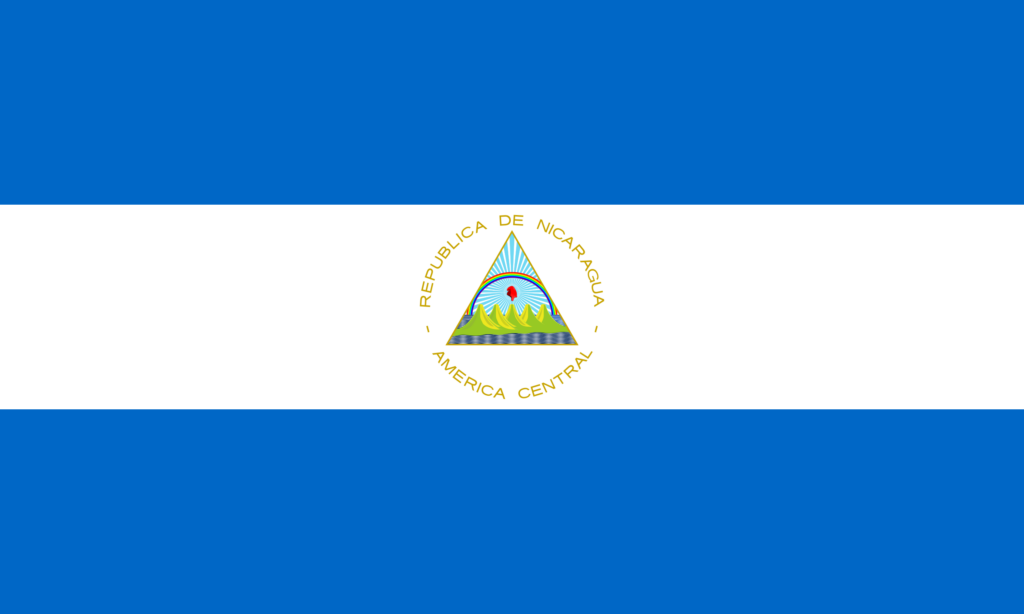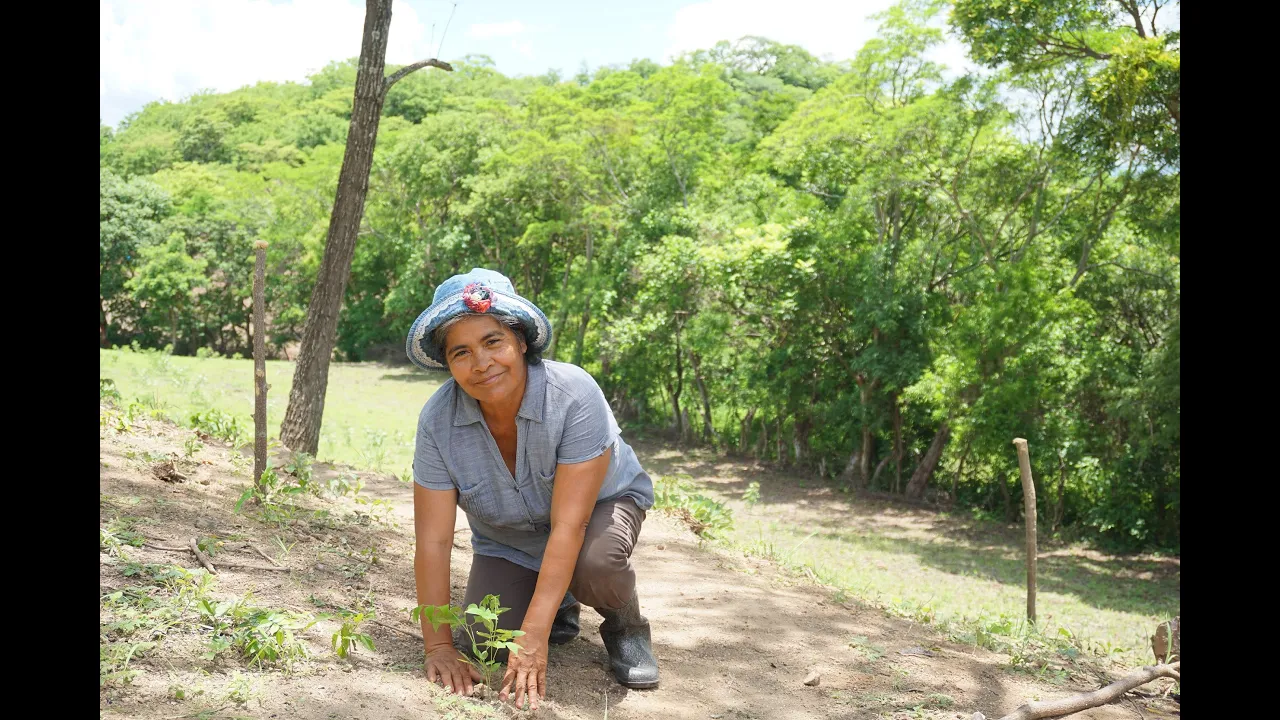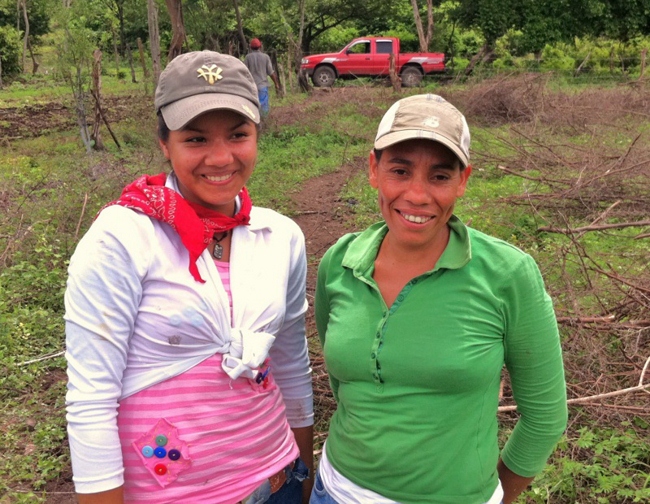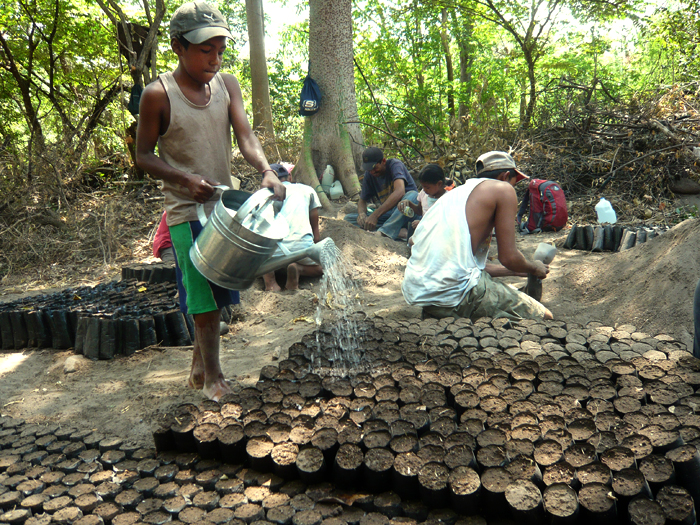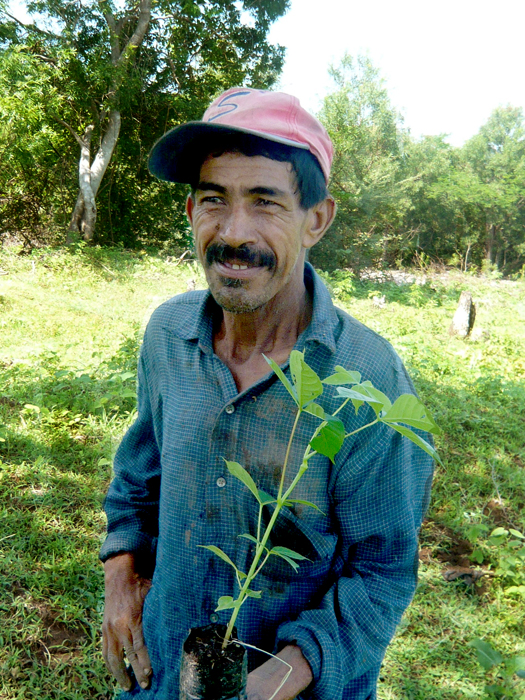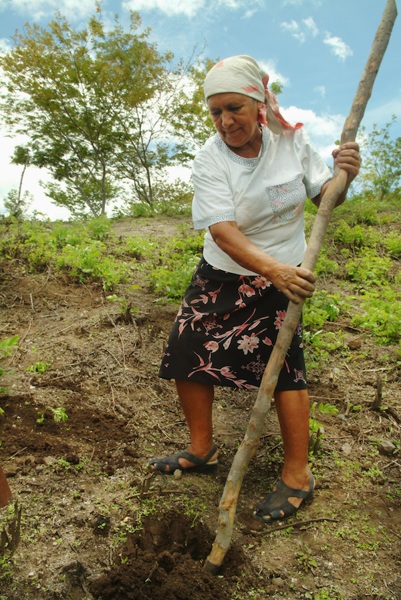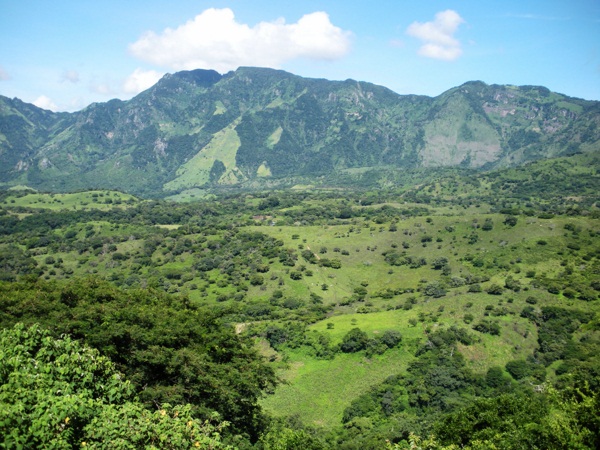Project updates and farmer profiles can be seen on COTAP’s blog and the project’s most recent annual report and COTAP’s transactions with it are in our Transparency section.
Interactive Map
Go here for an interactive Google map which shows all of the project’s plantings and participants!
Overview
Taking Root’s CommuniTree Project began near the rural municipality of San Juan de Limay in the province of Esteli, Nicaragua. Nicaragua is the second poorest country in the Americas, after Haiti. As of 2016, Taking Root has partnered with 65 different communities comprising 409 small-scale family farmers and spanning an area of 7,400 hectares. As of the end of the 2016 planting season, the project had cumulatively planted 2.2 million trees.
Community and economic impacts
The project creates much seasonal employment and has helped generate income for many struggling families. The number of trees planted each year grew from an initial 5,000 in 2010 to over 575,000 in 2016. To date, the trees planted by this project have generated over USD $617,000 for participating communities.
Transparency and Accountability
The donation rate for this project is USD $15.00 per tonne, and funds for this project will be used/distributed according to the chart at right. A minimum of 54.5% of the carbon revenues from your donation to this project will go directly to the Limay farmers. Farmers sign contracts and begin the seedling development process in January of each year for trees to be planted in May and June.
COTAP’s guarantee of carbon revenues, directly stemming from donations by you and others, provides the financial backing that enables our partner Taking Root to plan early and reach more farmers. Farmer disbursements are front-loaded: the majority of the funds will be paid for verified tree plantings during the 2013 planting season, and the remainder of the payments are disbursed over a 10-year period as an incentive to ensure that farmers’ forestry stewardship follows the project design document (PDD, at right). Both initial and ongoing payments to individual farmers are proportional to the amount which they each plant on their own land, and their long-term payment schedules are dependent upon successful management of their plantings over time.
Community Consultation
As with all projects certified under the Plan Vivo standard, the participating community members have a significant and direct role in designing the project. Participants are involved throughout the process, including tree species selection, seed gathering, seedling nursery building, tree planting, and overseeing trees’ protecting as they grow. Each farmer is also able to shape the project according to his or her needs and develop a strong sense of ownership throughout the project’s lifetime.
Taking Root’s Holistic Approach
To make the CommuniTree project a long-term success, Taking Root has undergone extensive and rigorous feasibility assessments, project planning, and accreditation under the Plan Vivo carbon accounting standard. The Limay project’s detailed Project Design Document (PDD) and Technical Specification can be found in the “Carbon Standards” section in the right sidebar of this page.
For example, interest-free loans are made to farmers so they can hire help while preparing their land and planting trees. The project also distributes fuel-efficient cook stoves. Such stoves use about one-third the amount of wood, thereby curtailing local CO2 emissions, and they provide second-order community benefits by reducing the time spent gathering fuel and the amount of smoke within people’s homes.
The project design also ensures a planting mix which addresses farmers’ short, medium, and long-term needs. The planned harvesting of designated trees provides firewood and timber, and therefore an additional source of revenue. These trees are planted specifically for this purpose and, when cleared, make room for the permanent trees to grow. Designated clearing is part of the project plan and is covered under the project’s carbon accounting methodology which projects the project’s net CO2 removals.
Taking Root’s project design, deep level of community consultation, and measures way beyond simple payments-for-plantings address the root causes of deforestation and therefore maximize the Limay project’s prospects for enduring social and environmental success.
Positive Local Environmental Benefits
The San Juan de Limay watershed is an important ecosystem which has experienced degradation over time due to a combination of factors, including lack of knowledge and sustainable land use planning, illegal logging, clearing trees for pastureland, commercial agriculture, and the use of firewood for cooking.
The local impacts of deforestation include the exacerbation of natural disasters, soil erosion, floods, droughts and loss of arable land. This has severe effects for local subsistence farmers, who depend on their crops and cattle to survive. So, it can be seen that the Limay project not only counteracts your CO2 emissions while making farmers more economically resilient, but it is also actively restoring environmental resources through a well-thought-out reforestation plan.
About Our Partner
Taking Root is a Canadian non-profit organization which sees tropical reforestation as a powerful tool to restore ecosystems, improve livelihoods and tackle climate change. In collaboration with rural families in Nicaragua, Taking Root develops holistic reforestation projects that are funded through the sale of carbon offsets certified under the Plan Vivo Standard. Taking Root’s vision is of a sustainable global community living in concert with the natural environment in order to support the livelihoods of present and future generations.


